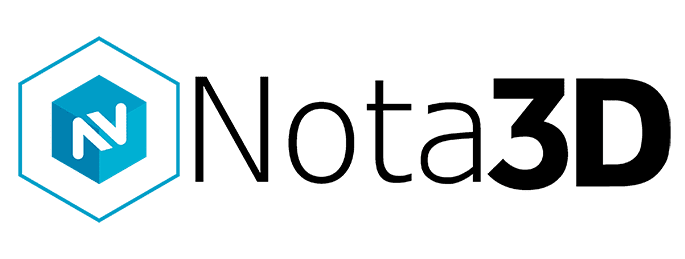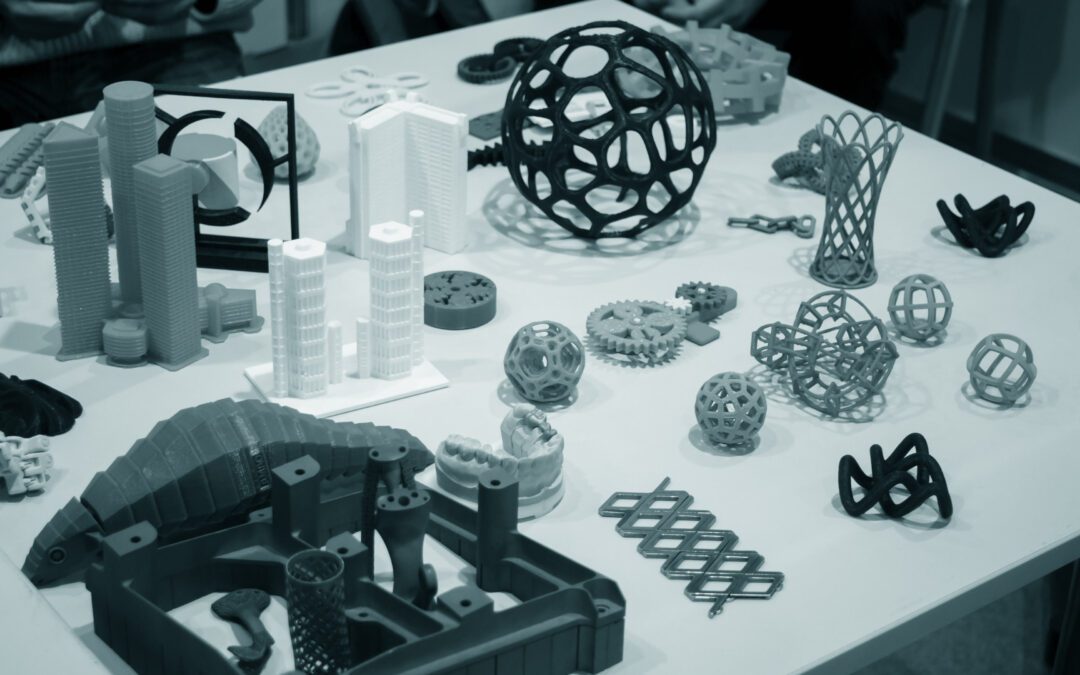Creating Intricate and Complex Designs With 3D Technology
3D printing technology has revolutionized the realm of design by providing unprecedented levels of design freedom and creative possibilities. Unlike traditional manufacturing methods, which often impose limitations on design due to manufacturing constraints, 3D printing allows designers to bring their wildest ideas to life with minimal restrictions.
This technology enables the creation of intricate and complex geometries that would be impossible or extremely challenging to achieve through conventional manufacturing processes. This blog explains the 3D printing process and digs deeper into one of the key advantages of this innovative manufacturing method – design freedom.
3D Printing is Additive Manufacturing
3D printing, also known as additive manufacturing, is an innovative technology that involves creating physical objects by building them layer by layer from digital models. Unlike traditional manufacturing methods that involve subtractive processes like cutting or molding, 3D printing starts with a three-dimensional computer-aided design (CAD) model. The 3D printer interprets the digital design and uses various materials, such as plastics, metals, or resins, to construct the object layer by layer.
This additive process offers immense flexibility, allowing for the creation of complex and intricate geometries that would be challenging or impossible to achieve through conventional manufacturing methods. From prototyping and customized production to artistic creations and medical applications, 3D printing has transformed the way objects are made, offering new possibilities for design, manufacturing, and innovation across industries.
Understanding the Design Freedom of 3D Printing
One of the key advantages of 3D printing is its ability to produce objects layer by layer, allowing for intricate and customized designs. Designers can create intricate internal structures, organic shapes, and complex assemblies that were previously unattainable. This newfound design freedom opens up opportunities for innovative product designs, architectural concepts, and artistic creations.
Moreover, 3D printing allows for rapid prototyping, empowering designers to iterate and refine their designs quickly and cost-effectively. This iterative process enables designers to experiment with different design variations, test functionality, and evaluate ergonomics before moving to the final production stage. It significantly reduces the time and resources required for traditional prototyping methods, enabling designers to explore multiple design concepts and bring their ideas to fruition faster.
3D printing technology also facilitates the production of highly customized and personalized products. Designers can easily tailor designs to specific individual needs and preferences. Whether it’s customized jewelry, personalized medical devices, or unique consumer products, 3D printing enables the mass customization of products at a reasonable cost. This personalization capability enhances user experiences, strengthens brand loyalty, and opens up new business opportunities.
Finally, the flexibility of 3D printing materials adds another dimension to design freedom. With a wide range of materials available, including various plastics, metals, ceramics, and even food-grade materials, designers can choose the most suitable material for their specific application. They can experiment with different material properties, textures, and finishes to achieve the desired aesthetic and functional outcomes.
Examples of the Design Freedom Offered by 3D Printing
With 3D printing, designers have the freedom to create intricate and complex designs that were previously challenging or impossible to achieve using traditional manufacturing methods. Here are some examples of the design freedom offered by 3D printing:
- Organic and Complex Geometries: 3D printing allows the creation of organic and complex shapes that would be difficult to produce with traditional manufacturing processes. Designers can explore intricate and curvilinear forms, intricate lattice structures, and complex interlocking parts that are visually appealing and functionally efficient.
- Internal and Customized Structures: 3D printing enables the inclusion of internal structures within objects. This capability is particularly useful in industries such as aerospace and automotive, where lightweight structures with internal channels and honeycomb patterns are essential for weight reduction and improved performance.
- Customized Products and Personalization: 3D printing allows for mass customization, enabling designers to create products tailored to individual preferences and needs. From personalized jewelry and customized fashion accessories to prosthetics and dental implants, 3D printing empowers designers to produce unique and personalized items at a reasonable cost.
- Complex Assemblies and Moving Parts: With 3D printing, designers can create intricate assemblies and mechanisms in a single print job. This eliminates the need for separate manufacturing and assembly processes, saving time and reducing costs. It also enables the creation of objects with movable parts, such as gears, hinges, and articulated structures.
- Prototyping and Iteration: 3D printing revolutionizes the prototyping process by allowing designers to quickly produce physical models of their designs. This enables rapid iteration and design refinement, as designers can easily modify and test different iterations without the need for expensive tooling or molds. It accelerates the product development cycle and reduces time-to-market.
- Complex Surface Textures and Gradients: 3D printing enables the incorporation of intricate surface textures, gradients, and patterns directly into the design. From embossed logos and textures to gradient color transitions, designers can create visually captivating and aesthetically unique objects.
These examples illustrate the immense design freedom that 3D printing offers. It empowers designers to push the boundaries of creativity, enabling the production of complex, customized, and innovative objects that were once challenging to realize using traditional manufacturing techniques.
3D printing technology provides designers with unparalleled design freedom and flexibility. It enables the creation of intricate and customized designs, facilitates rapid prototyping and iteration, and opens up avenues for mass customization. As technology continues to advance, we can anticipate even greater design possibilities and innovations, further pushing the boundaries of creativity in various industries.
Nota3D offers a broad range of 3D printing solutions for consumer technology solutions. We help customers select, rent, buy, and repair 3D printers, software, and materials. We are experts in finding the perfect solution for you. Once we have helped you uncover options that work, we prove out the solution by printing a model to be used as a benchmark. Contact us to get started!

